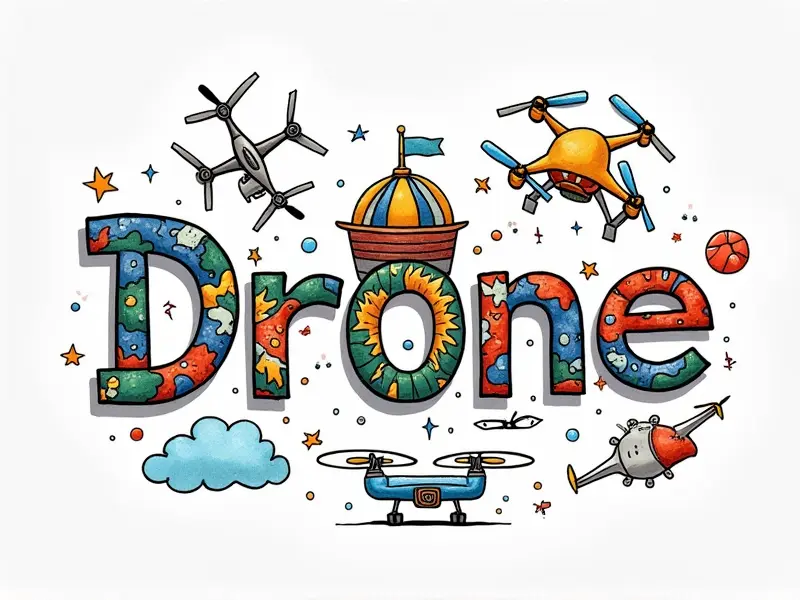RC helicopter crash repair?

How to Fix RC Helicopter Crash Damage
Crashing your remote-controlled (RC) helicopter can be a frustrating experience, but with the right knowledge and tools, you can often repair it yourself. This guide will walk you through the steps needed to fix common crash damage.
- Inspect the Damage: Begin by carefully examining all parts of your RC heli for any visible signs of damage or wear.
- Disassemble Carefully: Take apart the helicopter piece by piece, ensuring you keep track of each component and its position.
- Identify Problem Areas: Once disassembled, identify which parts need repair or replacement. Common issues include damaged rotors, broken servos, and cracked frames.
DIY Fixes for Crashed RC Helicopters
Making repairs to your crashed RC helicopter can be a rewarding experience if you have the right tools and knowledge. Here are some DIY fixes that can save you money:
- Servo Replacement: If servos are damaged, replace them with new ones from reputable suppliers.
- Rotor Repair: Use epoxy or specialized rotor repair kits to fix cracked rotors. Ensure the repaired area is smooth and balanced.
- Frame Reinforcement: For minor frame damage, use lightweight filler materials like carbon fiber tape or epoxy putty to reinforce weak spots.
Recovering Your RC Helicopter Post-Crash
The immediate steps you take after a crash can significantly impact the repair process. Here’s how to recover your helicopter:
- Clean Up: Remove any dirt or debris from the wreckage before starting repairs.
- Document Damage: Take photos of all damaged parts for insurance claims or future reference.
- Organize Tools and Parts: Gather necessary tools and replacement parts to streamline the repair process.
Essential Tips for RC Heli Repairs
Repairing an RC helicopter requires patience, precision, and a steady hand. Here are some essential tips:
- Use Quality Tools: Invest in high-quality tools like screwdrivers, pliers, and soldering irons.
- Follow Manufacturer Guidelines: Refer to the manufacturer’s manual for specific repair instructions.
- Practice Patience: Take your time during repairs to avoid making mistakes or causing further damage.
Salvaging an RC Helicopter After a Crash
Even if parts of your helicopter are damaged beyond repair, there may still be salvageable components. Here’s how to maximize the usable parts:
- Evaluate Each Component: Assess each part individually for potential reuse.
- Store Spare Parts: Keep spare parts organized and in good condition for future repairs.
- Consider Upgrades: Use salvaged parts to upgrade your helicopter with better components.
Common RC Helicopter Damage Fixes
Crashes often result in specific types of damage. Here are some common issues and their solutions:
- Battery Issues: Replace damaged batteries or repair battery connectors if they are still functional.
- Propeller Damage: Use specialized propeller repair kits to fix cracks or replace broken props entirely.
- Electronic Component Failures: Repair or replace faulty electronic components like ESCs (Electronic Speed Controllers).
Reviving Your RC Helicopter After Impact
Bringing your crashed helicopter back to life requires a systematic approach. Follow these steps for successful revival:
- Thorough Inspection: Conduct a detailed inspection of all components.
- Repair or Replace: Address each damaged part with appropriate repair methods.
- Test Before Flight: Thoroughly test the helicopter on the ground before attempting to fly it again.
Quick Guide: Repairing Damaged RC Helis
This quick guide provides a concise overview of repairing your crashed RC heli:
- Step 1: Assess Damage
- Step 2: Gather Tools and Parts
- Step 3: Disassemble the Helicopter
- Step 4: Repair or Replace Damaged Components
- Step 5: Reassemble and Test
Bounce Back After RC Heli Crash
Crashes can be disheartening, but with the right mindset and approach, you can bounce back quickly:
- Maintain Positivity: Stay optimistic about repairing your helicopter.
- Leverage Community Support: Seek advice from RC hobbyist forums or local clubs.
- Learn and Improve: Use the experience to improve your flying skills and prevent future crashes.
Post-Crash Care for RC Helicopters
Proper care after a crash is crucial for extending the life of your helicopter. Here’s how to take care of it post-crash:
- Clean and Lubricate: Clean all parts thoroughly and lubricate moving components.
- Inspect Regularly: Conduct regular inspections for wear or damage, especially after flights in harsh conditions.
- Store Properly: Store your helicopter in a dry place away from direct sunlight to prevent corrosion.
Minimizing Costs in RC Helicopter Repairs
Repairing an RC heli can be expensive, but there are ways to minimize costs:
- Use Generic Parts: Opt for generic replacement parts that offer good quality at a lower price.
- DIY Repairs: Perform repairs yourself using online tutorials and guides.
- Budget Wisely: Plan your budget carefully to cover unexpected repair costs.
Conclusion
Crashing an RC helicopter can be disheartening, but with the right knowledge and tools, you can often repair it yourself. By following this guide, you’ll be able to assess damage, perform necessary repairs, and bring your heli back to life. Remember to stay positive, seek community support when needed, and always prioritize proper care for your RC helicopter.

